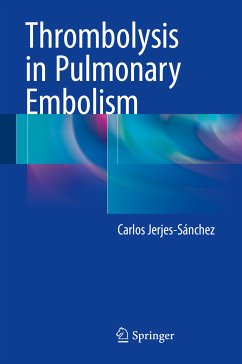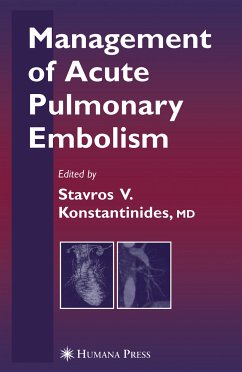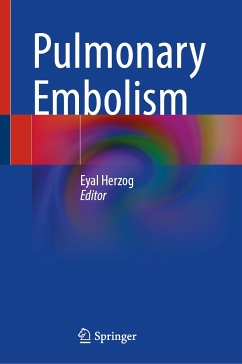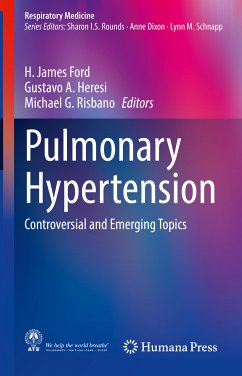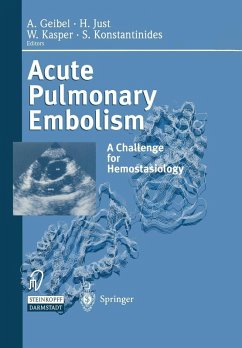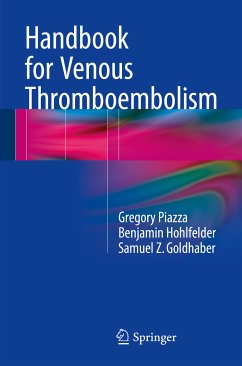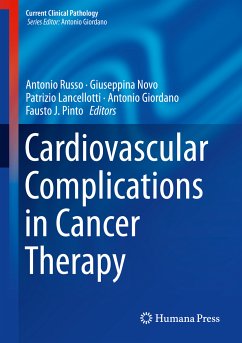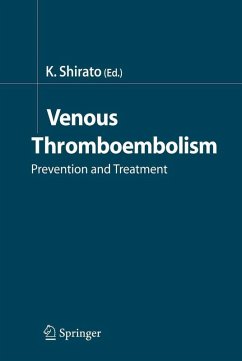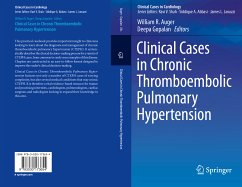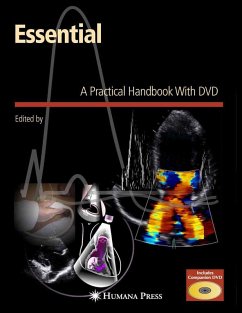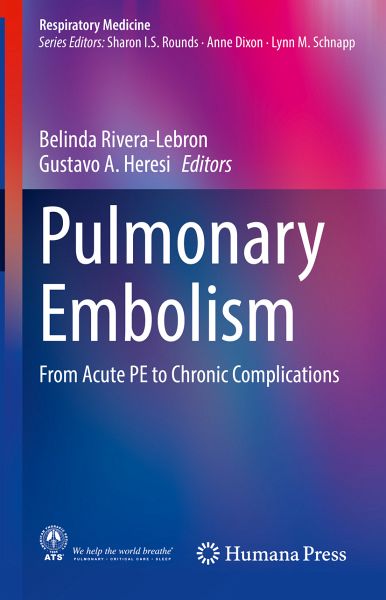
Pulmonary Embolism (eBook, PDF)
From Acute PE to Chronic Complications
Redaktion: Rivera-Lebron, Belinda; Heresi, Gustavo A.
Versandkostenfrei!
Sofort per Download lieferbar
72,95 €
inkl. MwSt.
Weitere Ausgaben:

PAYBACK Punkte
36 °P sammeln!
This book is a comprehensive guide to the diagnosis and management of all stages of pulmonary embolism, starting with acute and ending with chronic thromboembolic pulmonary hypertension. Acute pulmonary embolism (PE) is responsible for 150-250,000 hospitalizations and 60-100,000 deaths each year in the United States, making it the third most common cause of cardiovascular death. Acute PE spans a wide spectrum of clinical outcomes mainly based on the right ventricle's (RV) capacity to tolerate strain. There have been many recent advances in the field of PE, including guidelines on classificatio...
This book is a comprehensive guide to the diagnosis and management of all stages of pulmonary embolism, starting with acute and ending with chronic thromboembolic pulmonary hypertension. Acute pulmonary embolism (PE) is responsible for 150-250,000 hospitalizations and 60-100,000 deaths each year in the United States, making it the third most common cause of cardiovascular death. Acute PE spans a wide spectrum of clinical outcomes mainly based on the right ventricle's (RV) capacity to tolerate strain. There have been many recent advances in the field of PE, including guidelines on classification and risk stratification, anticoagulation, as well as evolving areas in treatment options and follow up.
The text begins with a review of the epidemiology and risk factors for PE. Chapters then delve into reviewing the decision pathways based on PE severity and treatment options, including the use of oral anticoagulation, systemic and catheter-directed thrombolysis, mechanical and surgical thrombectomy, and hemodynamic support with extracorporeal membrane oxygenation. The text then focuses on post-PE complications such as post-PE syndrome, chronic thromboembolic disease, and chronic thromboembolic pulmonary hypertension (CTEPH).
This is an ideal guide for providers of lung health, including pulmonary and critical care physicians, cardiologists, thoracic and cardiovascular surgeons. Physician-trainees, physician assistants, nurses and respiratory therapists with interest in pulmonary disorders, cardiovascular disease, pulmonary embolism, critical care or pulmonary hypertension will also find great value in this comprehensive guide.
The text begins with a review of the epidemiology and risk factors for PE. Chapters then delve into reviewing the decision pathways based on PE severity and treatment options, including the use of oral anticoagulation, systemic and catheter-directed thrombolysis, mechanical and surgical thrombectomy, and hemodynamic support with extracorporeal membrane oxygenation. The text then focuses on post-PE complications such as post-PE syndrome, chronic thromboembolic disease, and chronic thromboembolic pulmonary hypertension (CTEPH).
This is an ideal guide for providers of lung health, including pulmonary and critical care physicians, cardiologists, thoracic and cardiovascular surgeons. Physician-trainees, physician assistants, nurses and respiratory therapists with interest in pulmonary disorders, cardiovascular disease, pulmonary embolism, critical care or pulmonary hypertension will also find great value in this comprehensive guide.
Dieser Download kann aus rechtlichen Gründen nur mit Rechnungsadresse in A, B, BG, CY, CZ, D, DK, EW, E, FIN, F, GR, HR, H, IRL, I, LT, L, LR, M, NL, PL, P, R, S, SLO, SK ausgeliefert werden.



